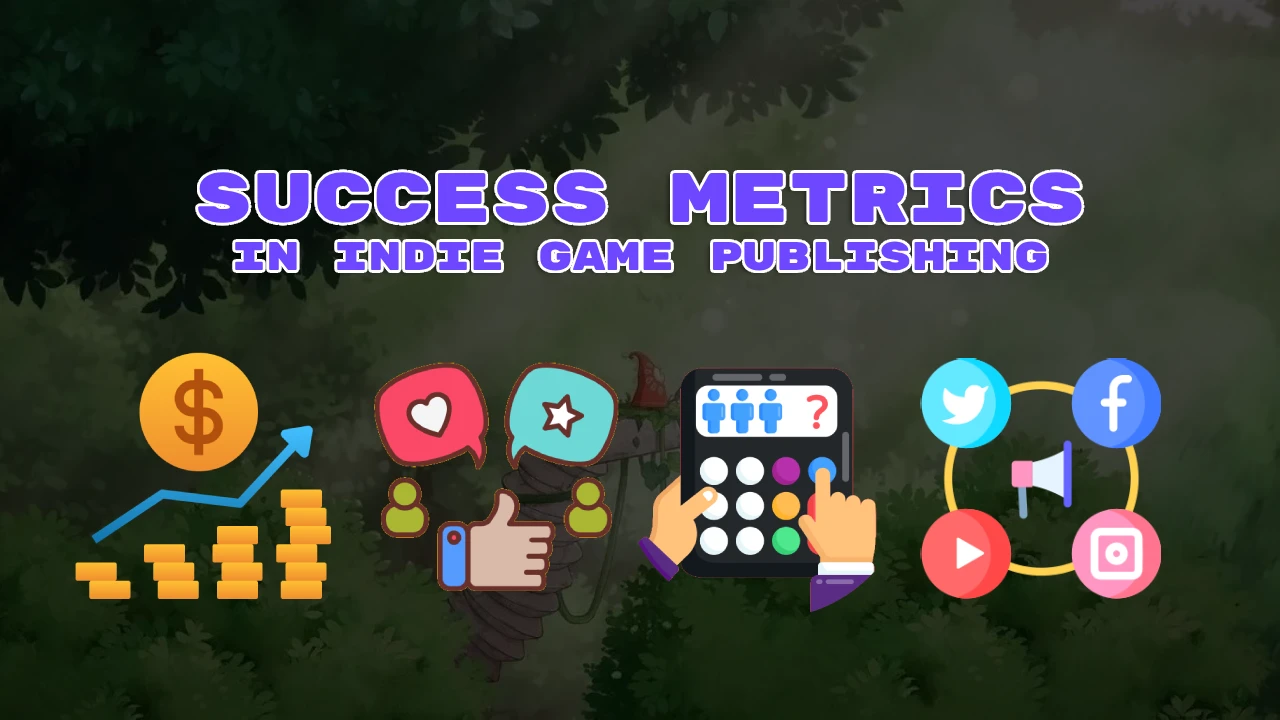Indie games have consolidated their positions in the gaming industry, with so many successful titles in recent years.
As a result, indie game publishing has shaped a dynamic playground where solo indie game developers and small teams bring their creations from vision to the public.
But, in this vast world of gaming, do you genuinely know what defines the success of an indie game?
Actually, the answer lies in success metrics – special tools that help game creators understand how well their games are doing, and how they can keep growing.
Defining Success Metrics in Indie Game Publishing
Different people will have different perspectives related to the success of indie games.
One tangible measure is the revenue generated by a game.
This indicates the ability to generate money and create financial sustainability for the game creators. So, it can be assumed that the more money the game can create, the more successful it is.
Also, the widespread can showcase how much people like and play the game, thus creating success in popularity. This can be measured by the size of the player base and the frequency of player engagement.
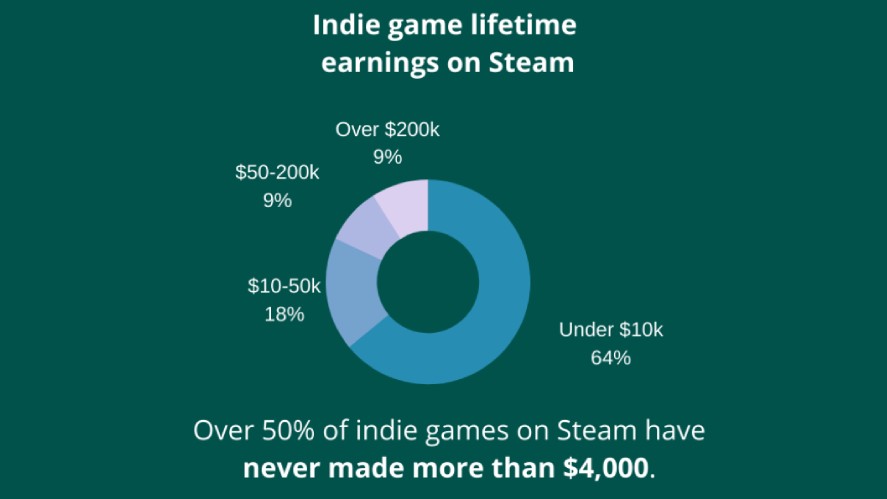
We can also indicate the successful game by seeing what experts and critics say about the game. Because they are influencers who have experience in this field, a game that receives positive reviews can show its substantial quality and impact.
However, the success metrics for indie games might be a bit different from traditional game publishing.
Rather than just looking at the selling copies and player engagement statistics, indie games’ success is more about how connected the creators are with the players and how much everyone enjoys the game.
You may want to read: How to Become an Indie Game Developer?
11 Key Success Metrics in Indie Game Publishing
Indie video games often start with ideas, visions, and creation. But it doesn’t stop at passion, it’s about creating something that gains a positive reception from popularity, thus earning money.
To measure the success of an indie game, there are various success metrics that every game creator should understand and focus on.
1. Sales and Revenue
Obviously, the ultimate goal of creating games is to earn money from the public. So, it is crucial to measure sales and revenue to determine how well the games are being received in the market.
In the beginning, initial game sales indicate the reception of the market, which gives indie game publishers more insights into their creations. They can make strategic decisions to continue their project or not.
After a significant time of release, the long-term sales trends can show their lasting impacts, and if needed, developers can monitor and perform necessary actions to keep it appealing to the market.
But sales figures are only a part of the story, game revenue is an important indicator that determines the financial health of a game business.
So, indie game developers must set and achieve revenue milestones to gain financial sustainability.
2. Player Engagement
Levels of player engagement with your game can provide valuable metrics that indicate how well the game is performed.
By looking at daily active users, developers can know how many people are playing and interacting with the game every day. The more players join in the game, the more popular the game is.
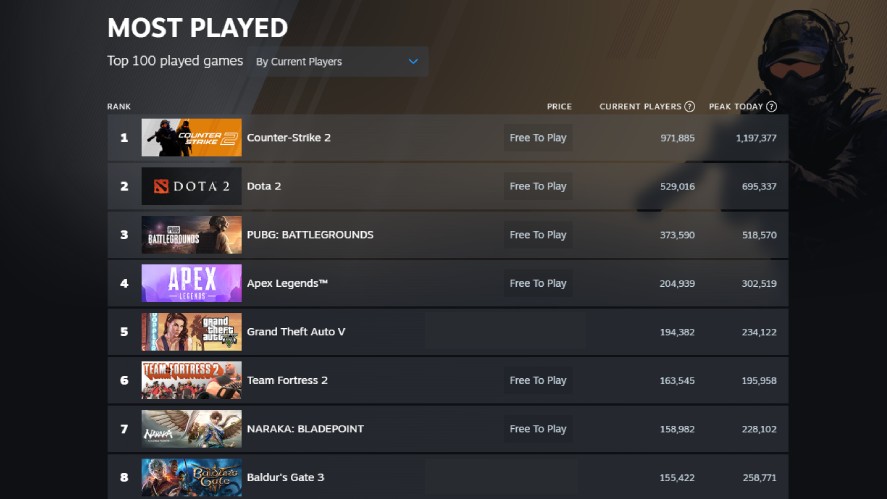
But the number of players is not all, as we should also look at session duration to know how long they stay in the game. Longer playtimes mean players really enjoy the game.
Lastly, indie game publishers should check retention rates regularly to see how many players stick around over time. If these rates are high, it means that the game is really exciting to keep gamers coming back.
3. Critical Reception
What others say about the game really matters, especially when these reviews are from experts or game reviewers.
Professional reviews, ratings, or insights from these influence people can act as a guide for potential players to decide whether or not they should try out the game.
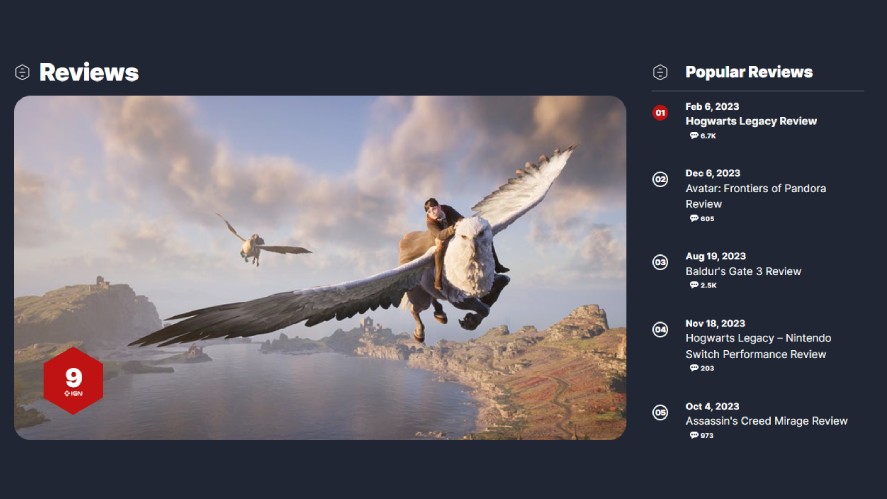
Also, as game rewards are coming every year, indie game publishers need to catch this opportunity to increase the game’s visibility and attraction to a broader audience.
In other words, all these powerful praises can increase the game’s credibility, and popularity and contribute to a successful title.
4. Community and Social Media Presence
We all know that our society has been influenced by the continued explosion of social media usage nowadays. So, it is no surprise that social media impacts the game’s success, too.
A strong online community and active social media engagement can contribute to the game’s visibility and player interaction.
By giving players space to share gaming tips, feedback, and engaging content, they keep excited about the game and even expand their gaming fan base.
Moreover, some indie publishers perform game marketing strategies by collaborating with influencers to provide reviews and recommendations to potential players.
This way, indie games expand their reach and become more popular as well as successful.
5. Crowdfunding Success
Thanks to platforms like Kickstarter and Indiegogo, developers can showcase their projects to potential backers and ask for financial support.
That said, a successful campaign not only provides developers with resources to bring their ideas to life but also indicates that the game gains the trust of people who are excited to see it happen.
Thus, the success of crowdfunding campaigns parallels the success of the game in the community, showing that there are supporters ready to see the game’s full release.
6. User Reviews and Feedback
Because all indie games are created to serve dedicated players, user reviews and feedback are important metrics in the indie publishing world.
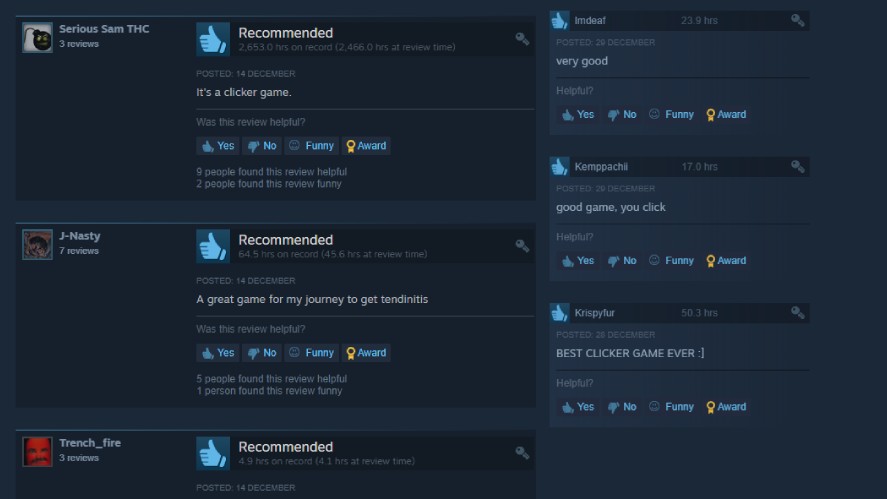
On platforms like Steam, App Store, and Google Play, there are various reviews from players who have experienced the game directly. They share insights and feedback into the game’s attractive features and the areas that need improvement.
As many players come to these platforms and read those reviews every day, every positive review can contribute to the game’s overall rating and attract new players.
7. Download and Installation Counts
If lots of people download or install the indie game, that’s a good sign that the game is being loved by the gaming community and becoming more popular.
This metric not only reflects the interest in indie games but also plays an important role in increasing the visibility of the game on app stores and other platforms.
In other words, high installation counts stand out the game among various titles, showing people that there is something worth checking out.
8. In-game Metrics
These metrics can help game creators see how players are enjoying their games.
They can look at in-game data such as levels completed, achievements unlocked, and in-app purchases.
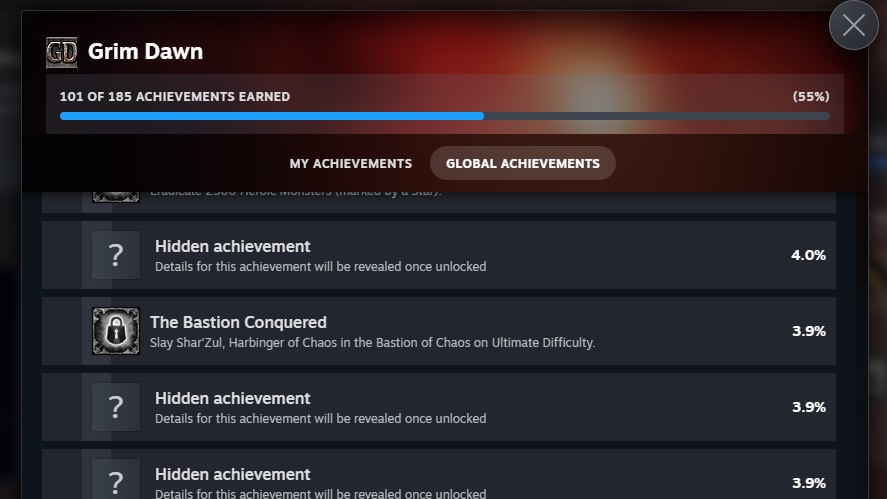
While the completion of levels indicates that players enjoy the game and progress further, in-app purchases show goods or enhancements that resonate with players.
Therefore, developers can take advantage of this to adjust game features and monetization strategy.
9. Cross-platform Performance
If an indie game works well across different platforms—PC, consoles, mobile, it means that developers work hard in the indie game development process to ensure a seamless and enjoyable experience for players.
This effort enhances the accessibility of the game, helps it reach to diverse audience, and broadens the popularity of the game.
10. International Reach
The success of a game internationally reflects its ability to connect with diverse audiences, regardless of boundaries and restrictions.
When a game resonates with players from different regions, it indicates that content, gameplay, and language are adjusted to appeal to players on a global scale.
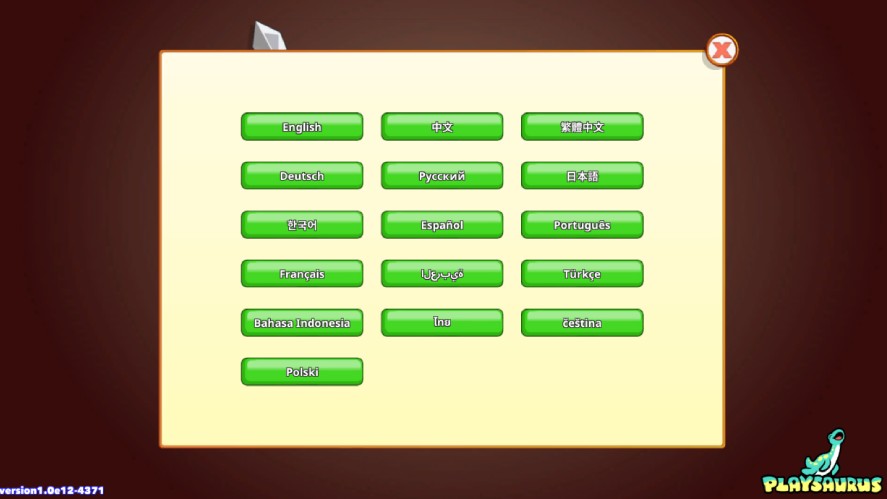
That said, significant international reach proves the game’s success in bringing joy to players from various parts of the world.
11. Developer Reputation
The success of a game can be demonstrated by creating a significant reputation for the developers.
When a game becomes a hit with positive reviews and lots of players, it shows off the talent, creativity, and dedication of the creators.
This, in turn, opens up vast future opportunities for developers, such as attracting investments or exploring new projects.
For example, the success of Clicker Heroes made the company that created it, Playsaurus, really famous in the gaming world.
So, all their subsequent projects also receive attention from people in the gaming community.
Case Studies of Indie Games and Their Success Metrics
Let’s look at some case studies of successful indie games and analyze their success metrics!
Baldur’s Gate 3
This is a role-playing video game developed by Larian Studios. This game is set in the fantasy world of Faerûn, where players create their characters and embark on an adventure filled with mystery and challenges ahead.
So, what makes this game so popular?
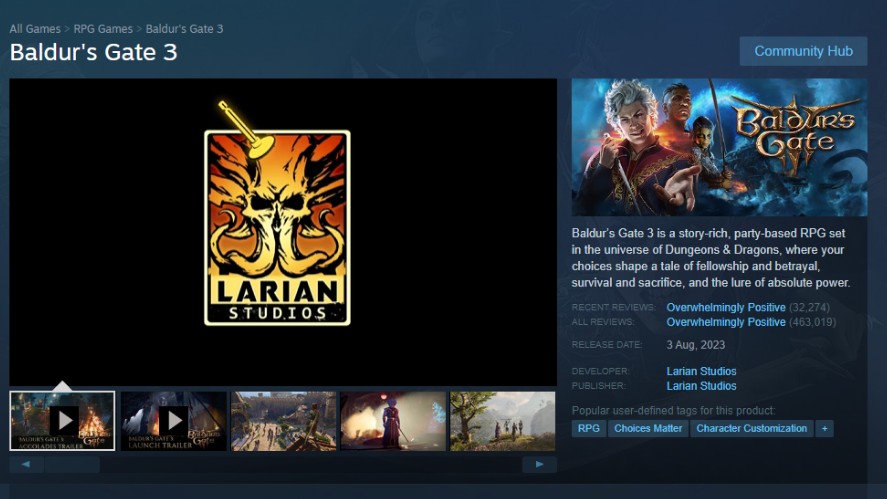
Firstly, we should mention its ability to accelerate player engagement. Baldur’s Gate 3 gives players the freedom to tackle problems and make decisions that can totally change the narrative.
As a result, players remain excited to explore the unfolding events all the time, thus investing more time and emotion into their characters.
What’s more, this game successfully fosters a strong community and social media presence. The bustling activity of these communities attracts more new players to engage in the game.
Lastly, this RPG indie game achieved the Best RPG Winner Game Award in 2023. This, by far, makes this title outstanding among the vast gaming world and encourages more players to experience its immersive universe.
Swords N’ Magic and Stuff
Swords ‘n Magic and Stuff is an indie open-world RPG developed by Kindred Games.
This game is an example of an indie game that achieved success from the very beginning. In the first month of release, it gained a total revenue of $71,855 which was a significant achievement.
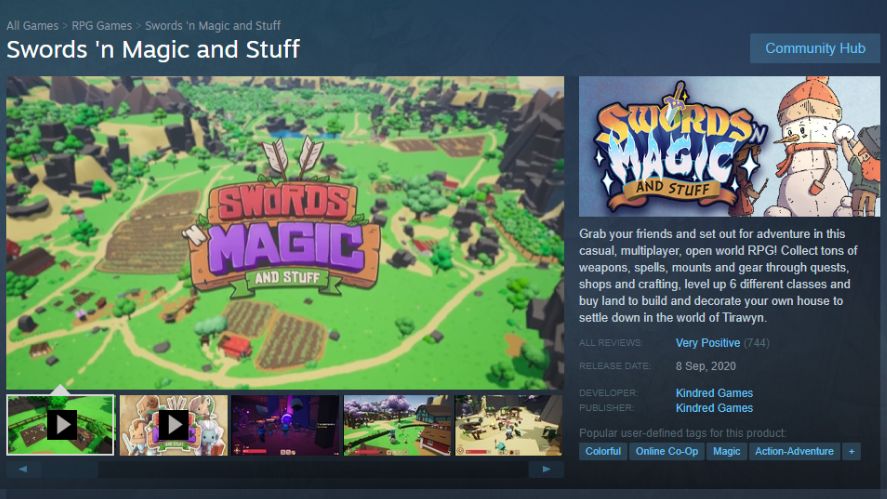
After publishing, thanks to compliments for various aspects of the game from critics and the gaming community, the game has become more widespread in the gaming world.
Also, we should mention how Michael Kocha has taken advantage of social media to build a huge fan base from the beginning.
He started releasing content through dev log postings and Twitch streams, which led to an enthusiastic fan base eagerly anticipating the game’s release.
The impact of this engagement on the game’s success is profound. The game successfully forms an enthusiastic group of players to come along with its evolution, and boost its popularity eventually.
Challenges in Measuring Success Metrics
As there are various success metrics, indie developers might find quantifying success a bit tricky.
While some may prioritize the generated revenue, others focus on having a vast fan base and dynamic community. Since everyone has their idea of success, there’s no one-size-fits-all way to measure it.
Another problem that indie game developers have to face is small budgets. Thus, they might find it hard to afford analytics tools to calculate their success comprehensively.
Furthermore, some game creators might find it challenging to measure success on different platforms.
As each platform has its metrics and ways to succeed, developers have to find ways to allocate resources and adapt their strategies to fit each one.
Conclusion
In the world of indie games, success is something that can be measured in various ways. It’s not just about the amount of generated revenue; it is also the number of player engagement, community impact, and the potential to reach the global scale.
That said, success is a blend of passion, player experience, and the unique stories each game tells. For aspiring indie developers, the key is to embrace a holistic approach and focus on the bigger picture rather than just looking at the traditional metrics.
So, as you continue your journey in indie game development, keep creating, and let your unique indie success stories keep shining!

